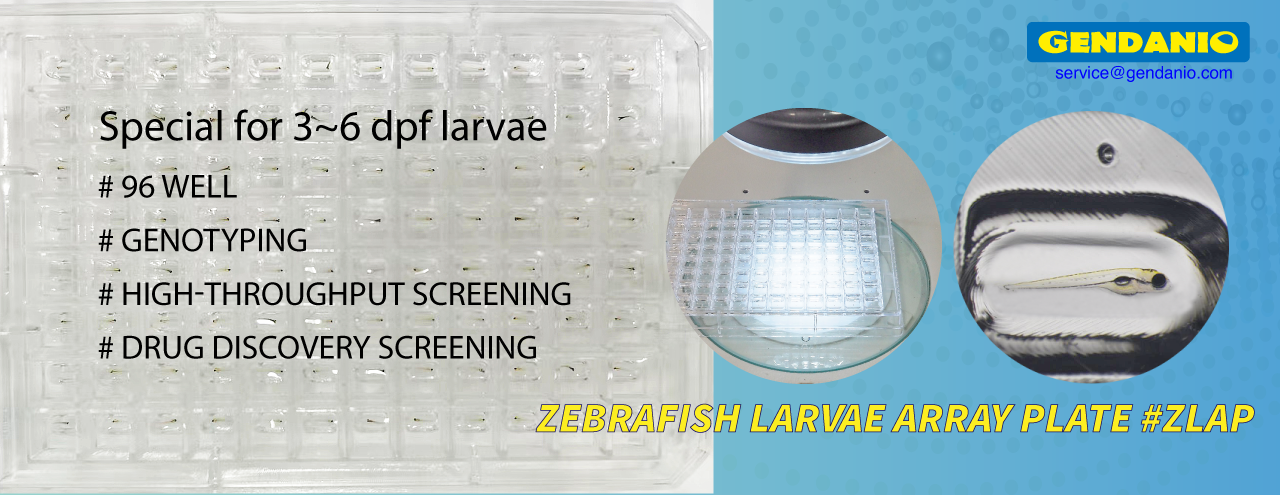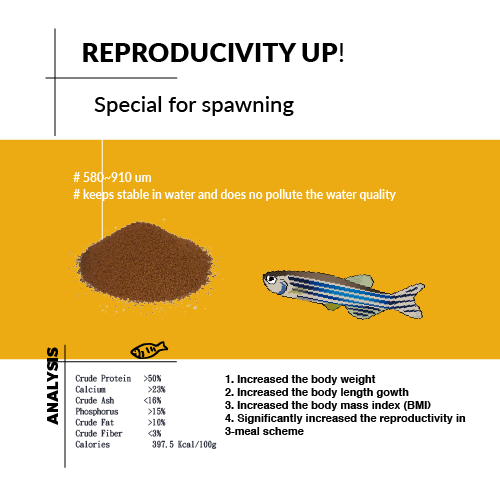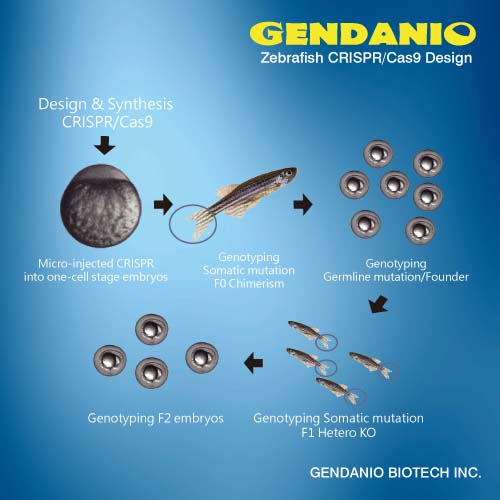Fish is already extolled for its many nutritional health benefits. But now it seems a small tropical fish may hold the key to repairing damaged heart tissue in heart attack sufferers.
The exotically striped zebrafish has scientists particularly excited because it has an incredible ability to repair its own heart muscle. Scientists are hoping that with extensive research, they will be able to discover exactly how the zebrafish manages to repair or replace damaged heart muscle. And if they do, they hope to find a way of making it possible for people to do the same.
The zebrafish makes a particularly good candidate for study. While the fish is still young it's virtually transparent, thus enabling researchers to clearly study the circulatory system, including the blood vessels and the heart. And apparently, it takes only a few weeks for a zebrafish to grow back part of its damaged heart.
Replicating the abilities of the zebrafish in humans could give a new lease of life to the millions who survive a heart attack. At the present time, heart disease is the leading cause of death in the western world and those suffering the after effects of a heart attack are often left with a poorer quality of life because their heart can no longer function as efficiently as it once did.
Once a heart attack has occurred, the damage has been done. One of the main causes of a heart attack is due to a blood clot blocking an artery leading to the heart muscle, cutting off the oxygen supply. Once this starts happening, that area of the heart muscle becomes permanently damaged.
Although the heart muscle begins a healing process which takes around eight weeks, this can't be compared to the kind of regeneration undergone by the zebrafish. In humans, the heart muscle forms scar tissue in the same way as a skin wound. But this new scar tissue doesn't possess the same flexibility as the rest of the heart muscle, which has the effect of reducing its pumping ability.
Currently the only treatment for heart attacks typically involves either surgical or non-surgical procedures, medication, cardiac rehabilitation as well as lifestyle changes to help reduce the risks of it happening again.
The British Heart Foundation has begun a major research program named the 'Mending Broken Hearts' project where it plans to use extensive stem cell research and developmental biology into how the zebrafish and some other animals manage to regrow portions of their heart after it has become damaged.
According to the British Heart Foundation’s medical director, Professor Weissberg, such a treatment could 'revolutionize' the lives of heart failure patients, in the same way as a heart transplant gives the seriously ill a new lease of life and a pill that triggers the heart into repairing itself would be the 'holy grail'.
Professor Weissberg said, "Scientifically, mending human hearts is an achievable goal and we really could make recovering from a heart attack as simple as getting over a broken leg. But we need to spend £50 million to make this a reality, and currently the resources and investment we need are simply not available."
To help make this research a possibility, the British Heart Foundation has launched a five-year fundraising campaign to try and attract the necessary investment. And if the tiny zebrafish does indeed hold the key to human heart regeneration, this research has the potential to not only prolong and improve the lives of millions of heart disease sufferers, it could displace heart disease from the leading of causes of death.
Soruce: HemIum.com
























